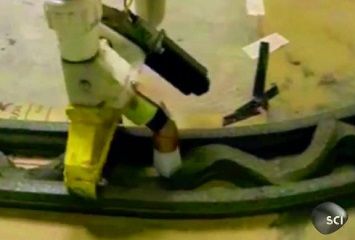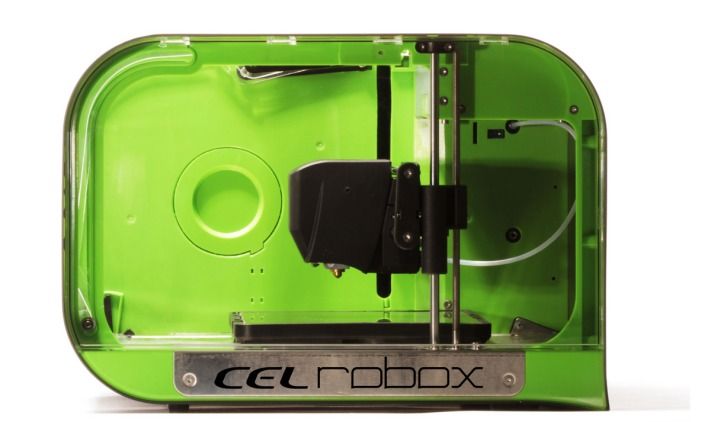Dec 22, 2013
Japanese Team Dominates Competition to Create Generation of Rescue Robots
Posted by Seb in categories: engineering, robotics/AI
By JOHN MARKOFF — The New York Times
HOMESTEAD, Fla. — An international competition to pave the way for a new generation of rescue robots was dominated by a team of Japanese roboticists who were students in the laboratory of a pioneer in the design of intelligent humanoid machines.
The early roboticist, Hirochika Inoue, began working in the field almost a half-century ago at the University of Tokyo, and in the mid-1990s led the design of robots that could both walk and manipulate objects.
Continue reading “Japanese Team Dominates Competition to Create Generation of Rescue Robots” »













